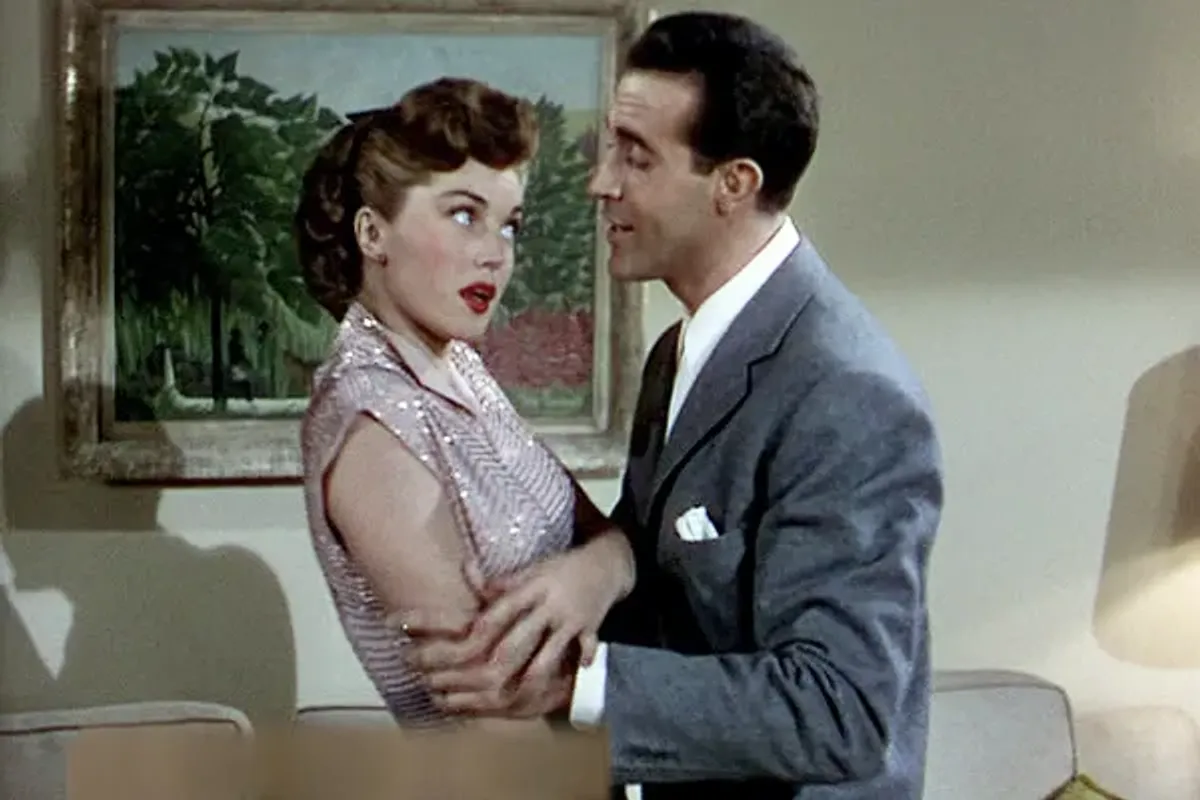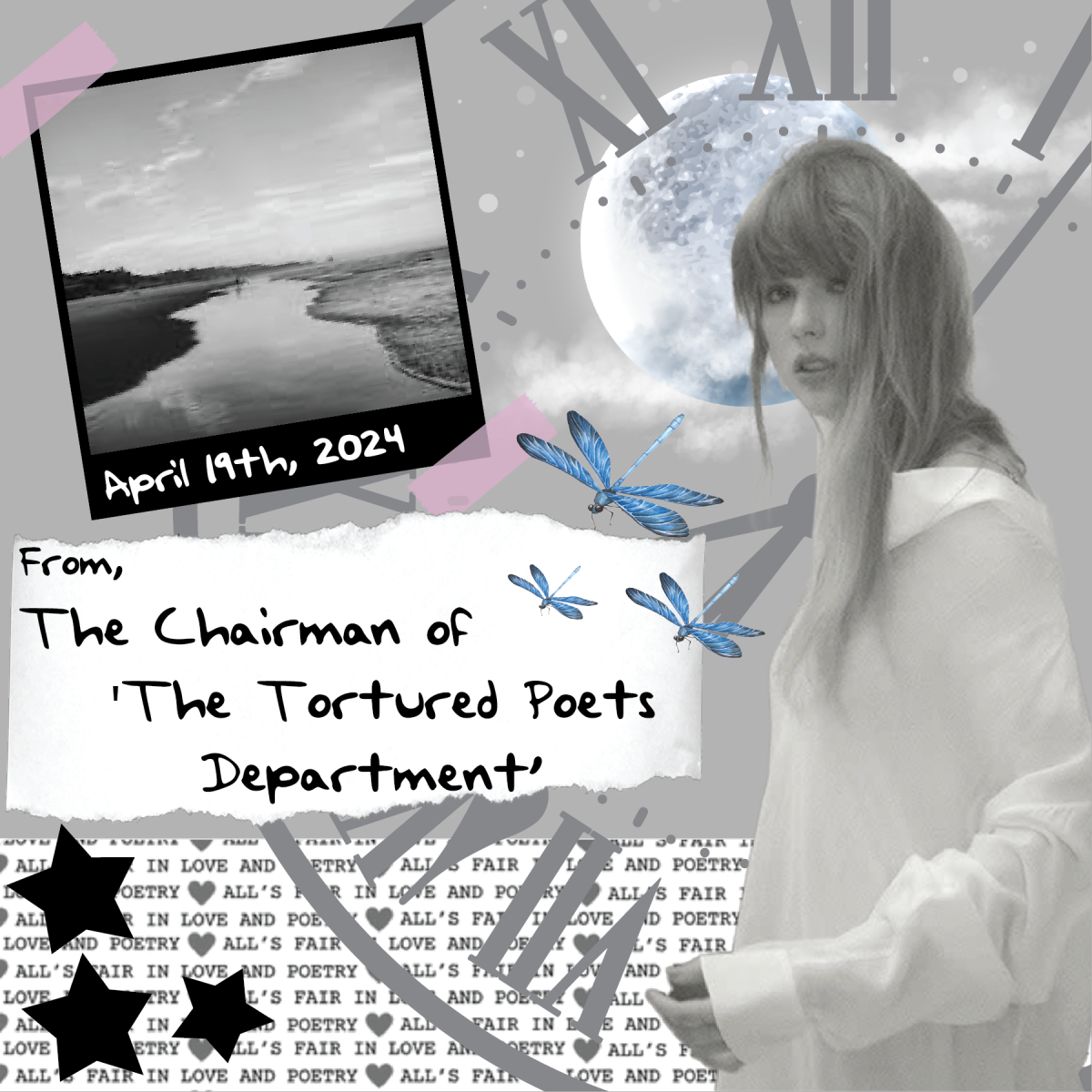Amid the current holiday season, it’s time again to enjoy frosted cookies, ugly sweaters, Secret Santa exchanges, and music. Despite the love of many classic songs, such as “Rocking Around the Christmas Tree” and “Santa Claus is Comin’ to Town,” one stands out to many. Though for many of the wrong reasons. “Baby It’s Cold Outside,” a hit from the 1940s, faces the contemporary question: Is Christmas classic or misogynistic at best? Written in 1944 by Frank Loesser, the song was further popularized as it appeared in the 1949 film Neptune’s Daughter. It hit success almost immediately, winning the Academy Award for Best Song in 1950, followed by numerous covers from artists like Louis Armstrong to even Miss Piggy from the Muppets. However, even at the time, some saw the song as normalizing overstepping boundaries, with NBC Radio banning the song shortly after it came out. The idea surrounding the song’s sexist attitude lies in the lyrics, which are often interpreted as predatory. Consequently, it is often problematic for people to see the song as the classic it was intended to be, with the heavy weight of the almost creepy lyrics that are impossible to avoid.
When unpacking some of the lyrics, it is clear that some unsettling themes exist. Throughout the song, the female singer sings, “I really can’t stay,” followed by the male singer trying to convince her to by repeating, “But baby, it’s cold outside.” Despite the urgency established by the woman that she would like to leave, the man insists that it is much too cold for her to go. Closer to the song’s beginning, the woman also insists that her parents will want her home, followed by the man telling her there is no need for her to hurry to leave. The woman even goes as far as to say, “The answer is no,” which he, again, promptly ignores. The woman also melodiously sings, “You’re very pushy, you know?” to which the man responds, “I’d like to think of it as opportunistic.” And, of course, no one can forget the line where the woman asks, “Say, what’s in this drink?” after the man insists she drinks some more and even pours her another glass.
When thinking about the song, it is essential to remember the circumstances in which it was written. Modern-day feminism, or female empowerment, is far different from the way men and women interacted during the 1940s, especially concerning what was considered misogynistic or lacking in consent. The chaos of World War II marked the 1940s in the United States, and the duty of the women lay in supporting the families while their husbands were off at war. The idea that the woman’s place was in the home was generally accepted. In such a patriarchal society, the song’s theme was seemingly normal, as it described then-normal gender relations, thus appearing to be the perfect touch on the Christmas season. However, in looking through the lens of the modern day, many of the lyrics simply do not hold up. With the growing push against the normalization of sexual violence against women, led by movements such as #MeToo, many women are seeing the song in a new and more negative light. This is one of the core reasons the song endures so much debate. However, context is crucial and sets the precedent for establishing this song’s meaning.
It is crucial to recognize that these lyrics border a sometimes blurry line on what is “good” or “bad” to say, but the question still stands as to whether or not the lyrics are misinterpreted; in fact, many people have come to the song’s defense, including Susan Loesser, daughter of the composer Frank Loesser, who states that the music needs to be understood within the context of the time. “What’s in this drink?’ would refer to the alcoholic content, not the thought of being drugged,” she adds. Despite the implications of the lyrics, which can be seen as lulling a partner into an almost manipulative relationship, it was intended to be a catchy winter song. The twist on the lyrics and the song’s enjoyment is that the views of society change over time and, therefore, hold different meanings.
With this in mind, it is still important to respect everyone’s individual opinion. The song can be offensive and even triggering for people who have had experiences similar to the ones noted in the song. However, let the holiday classic, a song that’s been around for almost 80 years, play as you decorate your tree, string up twinkle lights, or bake cookies for Santa while acknowledging some of its faults.
Sources






